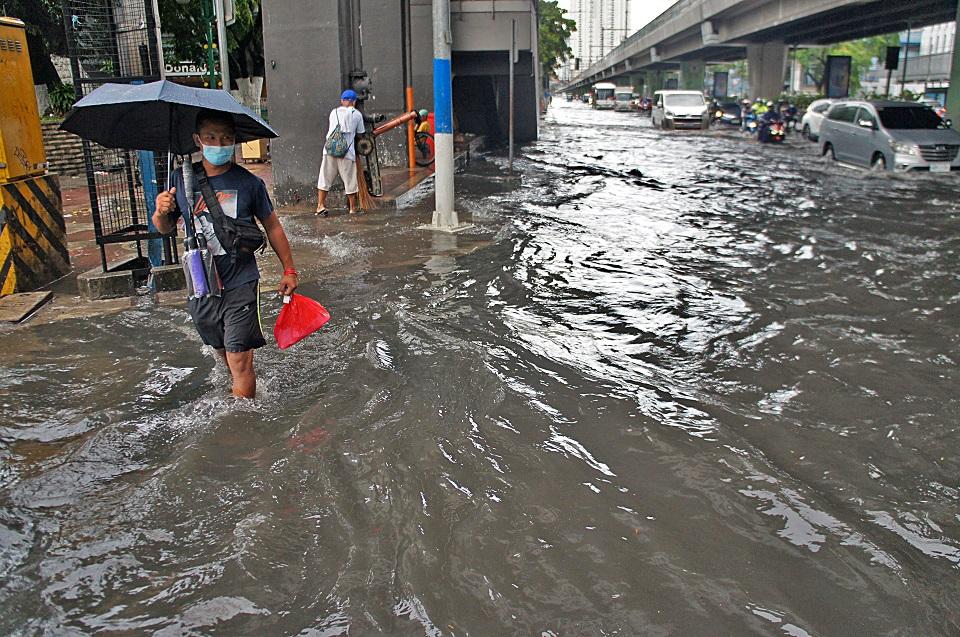PAGASA: La Niña onset may be delayed to September-November

The state weather bureau said on Wednesday that there is a possibility that the La Niña phenomenon, which is associated with above-normal rainfall, may begin in the last quarter of the year.
The Philippine Atmospheric, Geophysical and Astronomical Services Administration (PAGASA) said that there is a 50% chance that the La Niña phenomenon will develop around September to November due to uncertainty in ocean conditions.
“[The] possibility of La Niña possibly developing in September-October-November 2024, in which 50% lang yung chance, but the model shows high uncertainty in ENSO forecast at this time of the year,” said Ana Liza Solis, chief of PAGASA's Climate Monitoring and Prediction Section, in a virtual forum.
“Bakit po? Kagagaling natin sa strong El Niño... ENSO-neutral conditions, so ibig sabihin po very well-mixed ang ating karagatan, so napakaliit ng temperature gradient or differences ng ating buong karagatan. So that is why nagde-decide pa ang ating ocean depende sa mga ibang factors kung ito ay towards cooling or towards ENSO-neutral or magtutuloy lang na hindi siya lalamig,” she added.
(Why? We just came from strong El Niño…ENSO-neutral conditions, so it means that our ocean is very well-mixed, so there’s only a small temperature gradient or difference in our ocean. So it is yet to be determined whether our ocean will become cooler, lean towards ENSO-neutral, or continue not to cool down.)
PAGASA’s earlier forecast suggested that La Niña could develop between mid-August and October.
According to state meteorologists, La Niña is the cool phase of the El Niño Southern Oscillation (ENSO) that is characterized by “unusually cooler than average sea surface temperatures in the central and eastern equatorial Pacific.”
Further, PAGASA said that a weak La Niña may persist from the fourth quarter of the year until the first quarter of 2025.
“We might see a weak, short-lived La Niña. Kung hindi man po matuloy ay La Niña-like conditions,” said Solis.
(We might see a weak, short-lived La Niña. Even if it does not happen, we might still experience La Niña-like conditions.)
Earlier this month, PAGASA declared the end of the El Niño phenomenon, which affected 4,650,600 people or 1,221,538 families in several regions and caused P9,496,371,364 worth of agricultural damage. —VBL, GMA Integrated News




